& Dia de los Muertos: Day of the Dead1) Acknowledge Death as Inevitable Are you afraid to die? For many, death implies a cold, unpleasant, and unwelcome end to all we find precious. Our Western society today is both deeply fearful of and uncomfortable with death. We hold powerful attachments to our bodies, relationships, material possessions, and identities that feed into the fear of death. In yoga philosophy, the tendency toward abhinivesha, “clinging to life,” is said to exist in all people, regardless of wisdom, age, wealth, or experience. We cling because we are afraid of the transition of death and of the pain, suffering, and end of the world as we know it. So we devise strategies to avoid thinking about death. In the yoga tradition, deeply acknowledging the reality of death is said to be a source of freedom. By accepting our mortality, we can free ourselves from the bondage of avidya (ignorance). When we acknowledge death as inevitable instead of being blinded by our fear of it, everything else just comes into clearer focus, including the preciousness of each and moment of life (Yoga Journal, Compassionate Dying, by Judith Hanson Lasater). 1) Live for the Present Moment: Now How does the concept of death change the way that we think about life? “It is truly a great cosmic paradox that one of the best teachers in all of life turns out to be death. No person or situation could ever teach you as much as death has to teach you. While someone could tell you that you are not your body, death shows you. While someone could remind you of the insignificance of the things that you cling to, death takes them all away in a second. While people can teach you that men and women of all races are equal and that there is no difference between the rich and the poor, death instantly makes us all the same. You really don’t need more time before death; what you need is more depth of experience during the time you’re given. What if you brought that kind of awareness to every conversation? That’s what happens when you’re told that death is around the corner: you change, life doesn’t change (The Untethered Soul).” 3) Celebrate Life Is death the ultimate end? According to many Mexicans, no, it is not the end. There are two days every year when the gates between the Land of the Dead (also known as the Land of the Remembered) and the Land of the Living are opened. The origins of the modern Mexican holiday are traced to indigenous observances dating back hundreds of years and to an Aztec festival dedicated to the goddess Mictecacihuatl, "Lady of the Dead." She is often associated with owls which are also symbols for wisdom, mystery, and transition. Today in Mexico, the Catalinas (skeletal female figurines) are an echo of this goddess, while skulls are also associated with the Spanish Catholic tradition of marking graveyards. The blending of the Catholic religion create these days as All Souls Day (for every deceased person) and All Saints Day (Day of the Innocents). Similar observances occur elsewhere in Europe, and similarly themed celebrations appear in many Asian and African cultures. 4) Remember the Dead It is important for people to remember you in a happy way. It is believed that you will always live on as long as someone in the living world remembers you. On these days, both contrasting worlds open to visit and to reconnect on a spiritual journey. Beautiful orange flowers called marigolds (Cempasúchil) and candles line spaces from graves to houses so that the lost souls can be guided on these paths back to the world of the living. Day of the dead is a happy day about celebrating a deceased loved one or ones and remembering them by making bread of the dead, their favorite foods and playing their favorite music. People build altars, ofrendas, in their homes or at the graves and fill them with their deceased loved ones’ favorite things, tissue paper decorations, and sugar skulls. Celebrations can take a humorous tone, as celebrants remember funny events, jokes, and stories about the departed. My friend, JoAnna George, tells a story about how a neighbor met her deceased uncle on this day. A man greeted this woman just outside of the entrance to JoAnna’s family’s home. She walked in and asked who that nice man was. No one knew of any man outside. When the family stepped outside to see, there was no one there. The neighbor described his clothing, demeaner, and humor. It fit the description of her uncle exactly. He came to visit after all! What a wonderful surprise and joyous occasion. 5) You are Not Your Body
Your body is a material container for your soul. Skulls, calacas in Mexico, were powerful symbols in both Spanish and Mexican Aztec culture in the Middle Ages. In Spain, skulls were used to mark the entrance to graveyards. In Aztec culture, like many ancient cultures, the head was believed to be a source of human power and energy. The Aztecs are recorded to have made human sacrifices to the gods, in order to make sure the sun would continue to rise each day. The remains of these sacrificial victims were kept as relics - skulls and bones were bleached, painted and put on display. Aztec culture believed life on earth to be something of an illusion – death was a positive step forward into a higher level of conscience. For the Aztecs, skulls were a positive symbol, not only of death but also of rebirth. Today, painting your face like a skull is a chance to symbolically overcome your fear of death. La Calavera Catrina ('The Elegant Skull') is a 1913 etching by José Guadalupe Posada. The image showed a skeleton dressed in the finery of a wealthy lady – reminder that even the rich and beautiful carry death within them. Nowadays la calavera catrina is a source of inspiration for women's skull face-painting which is both scary and beautiful at once. Flowers are often incorporated into Dia de los Muertos face-painting skull designs. This mixing of the skull, associated with death and flowers is a symbol in western culture associated with life and love. "Papel picado" is the Spanish phrase for “perforated paper”, referring to the detailed designs that are traditionally hand-cut onto brightly-colored tissue paper. The images on papel picado are always humorous and fun — never scary or sad. The delicacy of the tissue paper means that the decorations won’t last long at all — they are meant to be enjoyed until they fall apart or until it's time to take them down. This non-attachment to longevity is in line with many other Day of the Dead art forms that are only temporary. The Aztecs cut detailed designs into paper made from the bark of trees, such as mulberry and fig. They used these designs, called amatl, as decorations during various festivals (Art-Is-Fun).
0 Comments
Who are you? What do your clothes say about you? What is the uniform you've donned? Clothing consists of a variety of cultural symbols. We prefer to dress up as people whose style of dress says a lot about ourselves. For example, people with vivid and well-defined roles are strongly indicated by the way they dress (www.overcomingbias.com). Your clothing could stand for modesty, vanity, utility, etc. Have you donned an unfitting uniform? Perhaps at some level our society admires people whose lives are defined and structured by a standard identity and recognizable costumes. Perhaps media, television and movies persuade us to think a certain way about people who play a particular role. Or at least we admire them when their role has high status, like docs, athletes, millionaires, etc. Unfortunately, sometimes costume stereotypes reinforce the idea that a culture remains static, both over time and among individuals, when in fact the time and age factors vary greatly and we can constantly change, grow, and evolve into more complex beings. Think about how long you will wear a particular article of clothing. Is it just for the season? For as long as it in in style? As long as it fits you? Most of us change our clothing between 1-5 years. That could be 100 or more sets and styles of clothing in a lifetime. Further, we don different clothing depending on what role we are about to play. When I’m working at Café Chloe, I have to wear a brown t-shirt, jeans, and a long brown apron. However, when I’m teaching yoga, I wear fitting and comfortable leggings and a sports top. Further, when I going to an evening event, I’ll wear a dress and high heels. The list goes on, a different uniform, or mask for each occasion or side of me. Some evidence correlates fluctuations in women's fashions (skirt length, width of waist, and depth of neckline) with major social and political upheavals. In addition to trends, we should also consider the persons involved, including the internal cultural variations and conflicts of style. In most parts of highland Ecuador, people still identify themselves as indigenous and as belonging to a particular ethnic subgroup by the clothes and ornaments they wear (Costume and Identity in Highland Ecuador, Hilda Kupera). Although formerly the most distinctive costumes tended to occur among the more isolated and independent groups, today their use has more to do with the degree of political or ethnic consciousness felt by each group. Some people are even wearing ethnic dress as a political statement against forced assimilation. Various components of social identity are shaped by common histories, shared experiences, legal and historical decisions and day to day interactions, each of which somehow informs who we are and how we relate to the world. Although costumes can range from simple to elaborate, obvious to esoteric, classic to contemporary, sometimes costumes can be offensive by being insensitive, harmful, or disrespecting to an entire culture. Most cultures prefer not to have their rich history reduced to a laughingstock at a party. Oftentimes people create a stereotype of an identity while overlooking the true nature of diversity and complexity within the individual. On my recent trip to Salzburg, I found that many Austrian men love to daily wear lederhosen. I saw these traditional “costumes” in almost every store. At first, I thought it was just for the upcoming Annual Festival, but then I learned from a local that they are a symbol of regional pride in Bavaria and the other areas where they are worn, but are rarely seen elsewhere. The role of lederhosen in Bavaria is comparable to the cowboy hat in the United States.. Some men wear them when gardening, hiking, working outdoors, or attending folk festivals or beer gardens. With each uniform we wear comes rituals like competing in races, dining in upscale restaurants, or soaking up the sun at the beach. Does the costume still fit? Do your rituals still resonate deep within you? What do your costumes say about you? What is the cultural costume you've put on? Why do you want to pretend to be someone else? Does pretending to be someone else bring clarity or illusion? Which side of myself would I like to explore more? Many of us put on costumes to feel powerful, silly, sexy, noble, or adventurous. Is this a part of you that is missing/needs more development? “We may value foreign elements not only because they are new but because they seem to accord more faithfully with our identity and commitments than anything our homeland can provide (Alain de Botton, The Art of Travel).” “In most of our human relationships, we spend much of our time reassuring one another that our costumes of identity are on straight (Ram Dass).” "If you continue to cling to what you built, you will have to continually and perpetually defend yourself. You will have to keep everybody and everything straight in order to reconcile your conceptual model with reality. It’s a constant struggle to keep it together (Michael A. Singer, The Untethered Soul: The Journey Beyond Yourself).” First, we construct ourselves. We choose a costume. Do those close to you overly identity with the “you” who is the mask, rather than the real you? Like an actor or actress on the stage. Do you play a great role? However, when the show is over, it’s time to take off the costume and become the real authentic you. Relationship is between two real people – not two masks – not two costumes. “Our responses to the world are crucially molded by the company we keep, for we temper our curiosity to fit in with the expectations of others. Being closely observed by a companion can also inhibit our observation of others; then, too, we may become caught up in adjusting ourselves to the companion's questions and remarks, or feel the need to make ourselves seem more normal than is good for our curiosity (Alain de Botton, The Art of Travel).” Are you wearing a mask? Do you know when to take off the mask and be your vulnerable true self? “Stop a minute and think about whether you are always “on” or whether you have people, places, moments in your life where you can take off the mask and be the beautiful, unique, authentic you (Brian Thompson, Uniforms and Rituals, Costumes of Identity).” Who am I? Diwali translates literally to Series of Lights. 1) Before Diwali night, people clean, renovate, and decorate their homes and offices with fragrant jasmine flowers. People rub their bodies in perfumed oils before bathing and set clay tea lights in a row in front of their house. This is symbolic of a New Year and a fresh start.
3) Celebrate wealth through gratitude of everything that you are blessed with in your life now. Exude the feeling of abundance. Many Indians shop for new clothes (Saris) to wear to the temple and celebrate beauty in the world, like many Christians buy new clothes for Easter Sunday. 4) Light Lamps and candles to remind yourself to let your light shine. Let positivity conquer over negativity, love over hate, happiness over anger, fear, or sadness. 5) Give gifts to family members and close friends, honoring those who nurture your development. Diwali originated as a harvest festival on a night of a New Moon in autumn, the darkest night of the season. Also share the feast of harvest with neighbors and those around you.
3) Is it India’s largest holiday? “Yes, unequivocally.” 4) What rituals did your family perform for Diwali? “Lighting candles, fireworks, interesting sweets, dishes, and inviting guests over.” 5) What meaning do the lights have for you? Lakshmi, the goddess of wealth and prosperity, is believed to roam the earth on Diwali night. On the evening of Diwali, people open their doors and windows to welcome Lakshmi, and place Diya lights on their windowsills and balcony ledges to invite her in. On this day, the mothers who work hard all year, are recognized by the family and she is seen to embody a part of Lakshmi, the good fortune and prosperity of the household. Small earthenware lamps filled with oil are lighted and placed in rows by some Hindus along the parapets of temples and houses. Some set diyas adrift on rivers and streams. Important relationships and friendships are also recognized during the day, by visiting relatives and friends, exchanging gifts and sweets. 6) Did you ever make a rangoli? If yes, what was the significance of making it and what did you make it out of? "Yes as a kid, but mostly it is girl thing. We used chalk powder to do it. The purpose of rangoli is decoration, and it is thought to bring good luck." 7) Do you have any interesting stories about experiences on this holiday or stories told to you?
"The most well known story behind Diwali is in the Ramayana, the great Hindu epic. According to Ramayana, Rama, the prince of Ayodhya was ordered by his father, King Dasharatha, to go away from his country and come back after living in the forest for fourteen years. So Rama went on exile with his devoted wife Sita and faithful brother, Lakshmana. When Ravana, the demon king of Lanka abducted Sita and took her away to his island kingdom of Lanka, Rama fought against and killed Ravana. He rescued Sita and returned to Ayodhya after fourteen years. The people of Ayodhya were very happy to hear of their beloved prince's homecoming. To celebrate Rama's return to Ayodhya, they lit up their houses with earthen lamps (diyas), burst crackers and decorated the entire city in the grandest manner." 8) Do you celebrate at all now? If yes, how? "No, because fireworks are not allowed to be lit up by people. Here in San Diego there are regulations around it. However I do visit temples, visit friends, etc." Diwali Prayer: From untruth lead us to Truth. From darkness lead us to Light. From death lead us to Immortality. Om Peace, Peace, Peace.  Recently, I discussed Opening Your Heart and Letting Go influenced by The Untethered Soul by Michael A. Singer. I found that this is one of Alison McGrath’s favorite books. Alison has been a source of inspiration to me over the last 5 years as an art lover, reader, and fellow yogi, she has continuously grown in her journey towards peace and enlightenment. She states, “This book has been very powerful for me, especially the first chapter when it talks about the thorn and spending your whole life trying to protect yourself from the pain of ripping out this thorn.” You build edifices to protect it and avoid dealing with feelings and the painful effects of confronting them. 1) Are you able to see the difference between your awareness and the voice in your mind? “For me, it’s been a long journey towards that…it becomes easier and easier the more I practice, to just stop and realize that these thoughts are not me, I start to lose the emotional charge. I notice this a lot in parenting and managing people. Sometimes a situation will test my integrity, but the key is to noticing the emotional reaction without judgment, and deciding that I don’t have to let my emotions take over. I did it first as a little exercise…I told myself, if I want to go back to this emotional place I can, but let me just try and see what it feels like to take time to stay calm.” 2) What do you do if you notice your emotions rising? “I give myself the buffer of time- instead of reacting in the moment, I used to think that I had to fix everything in the moment, then about 3-4 years ago I started stepping back as an experiment and letting things resolve themselves. I started letting things go.” 3) Do you ever want to break free of the concept of who you are and how you think others should view you? “I’m increasingly less interested in how people view me. I used to crave identity. I didn’t want to be so grey. I wanted to stand out. But now I feel extremely liberated!” 4) What does it mean to be tethered to something? “I think it means you’re not totally free to be authentic, you’re still reacting to things rather than having an authentic response.” 5) What are you tethered to? “There’s still probably a lot that I’m still tethered to, but there’s less than there was! I’m making progress and letting go.” 6) How does fear play a role in your life and how can you change that? “Probably the thing that I have the most fear around is being a mom, and having a child in which her experience in not under my control and yet I love her more than I love myself. Motherhood is such a terrible design, the whole point is to raise the child, then let her go. I’m trying to find the place where I know that all is well and she’s here to have her own journey. I totally know that intellectually, but where that meets up with reality...sometimes being a mother, all I want to do is save her from pain, so it’s incredibly hard." 7) Does the concept of death play a role in your life? “Yes, I was in a car accident when I was very young, age 8, and I thought I was going to die, so for years after that I lived very recklessly, thinking that I was going to die soon anyway, and knowing that death could be so close. But yeah, we are only here as long as we are here. This could be the last time that we are sitting here together. I’m not afraid of death, but I think of it often to pull myself into the present. This concept also relates to Ekart Toll’s The Power of Now. It has the same message but uses different words. Everything that I was studying at the time that I first read this book all came together: Wayne Dyer, Caroline Myss, and Eckhart Tolle. He’s like the Dali Lama, coming through extreme personal pain to enlightenment and he articulates beautifully when he shares it. I highly recommend his books and videos on YouTube." 8) What can you do each day to find inner peace and freedom? “I increasingly need quiet and to carve out that time for myself in little sacred spaces where I feel free- places that are just my own- my little shell for self preservation because I’m so out there in the world. I also like to do things to take care of my body. Further, I like to make everything a celebration, even when I’m doing taxes, I like to get cozy with John by the fire.” 9) How does the divine dwell in you? “I think it’s all sacred. The challenge is recognizing how sacred it is. The divine in me informs my gut of the right thing, not what everyone or society tells me is the right thing, but what I feel from my core. It’s about integrity. When I transgress that line of what I should have done, I deeply suffer within myself. ” This interview has been an additional inspiration for me to continuously strive to be more happy and peaceful and I hope it has for you too!
Thank you Alison! We would love to hear your thoughts and comments below... How often do you take time to notice the sun? What do you notice about it? What does the sun mean to you? 1) Our sun is a symbol of energy. Energy is produced at its core in the form of dense gaseous plasma, at 27 million degrees Faranheit. This density creates nuclear fusion reactions that release energy in the form of light and particles. In Indian Hindu cultures, the sun is the divine rejuvenator. The traditional practice of Prana Yoga or Pranyama, including alternate nostril breathing and honoring Prana as the inner sun (energy) in the heart. 2) Sunlight is the source of life to feed plants through photosynthesis. As plants grow and thrive, they feed Oxygen to our air and nourishment to our diet. As a symbol of life, the sun exudes empowerment, wisdom, and knowledge. Our inner energy source, reflects the supreme light of the sun through Yoga both in our own hearts and in the world of nature around us. 3) The sun also brings us warmth. We often run away to vacation in sunny warm places to soak up the warmth of the sun's rays or our excitement builds as spring and summer make their way into the year. We base our calendar around the sun! The sun can also represent our self that is expressed outwardly. It can remind us to share warmth and love with those around us. 4) The sun represents passage of time. It can remind us to be in the present moment; to act and think in the power of now. We can be more aware of our breath, posture, words, body language, and consciousness. Just as we watch a sunset over the horizon- one moment it is there and in another it is gone. 5) Notice the balance that the sun brings to our lives. The Chinese perceive the sun to be the ultimate Yang. Therefore the moon is the Yin. The sunset brings balance between night and day and brings our eyes attention to where the earth meets the sky. The sunset symbolizes completion of a day’s work of expending our energy and then time to rest. I hope you find your inner energy and get your daily dose of sunlight!
Questions to ponder: How is the sun life-enriching? How can we find balance with the sun? I'd love to read your answers in the comments section below! |
Hannah Faulkner
|

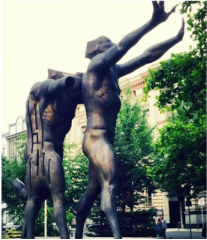

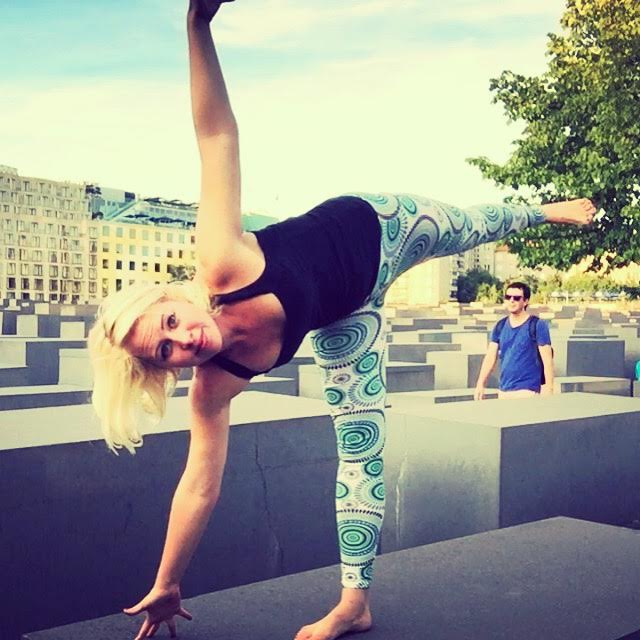


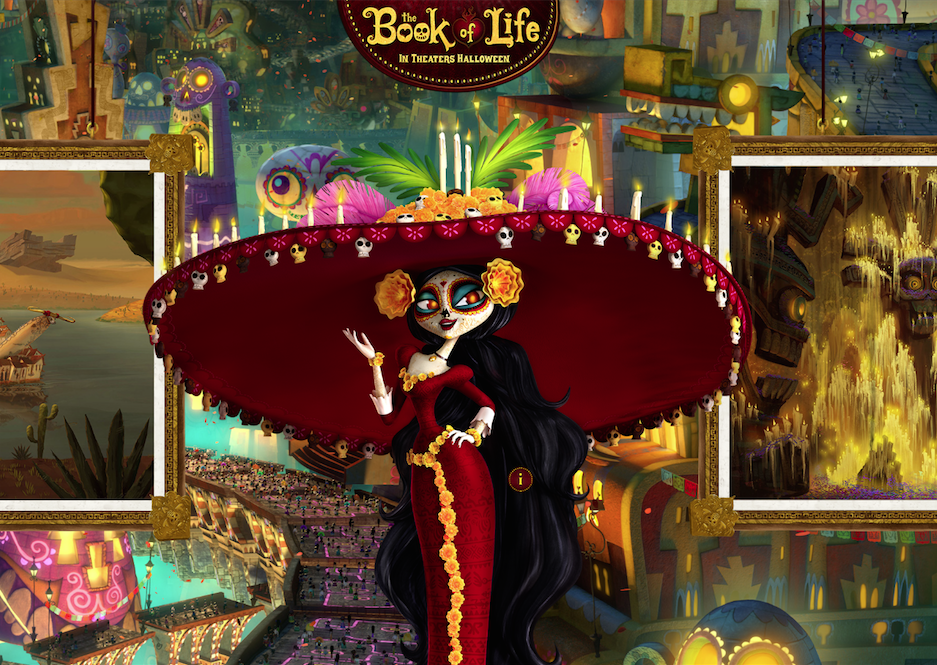




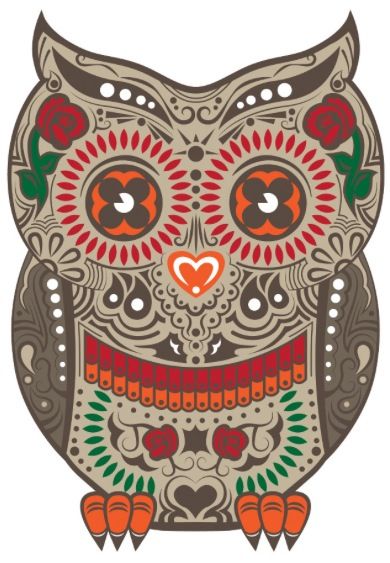


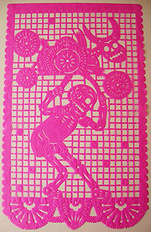

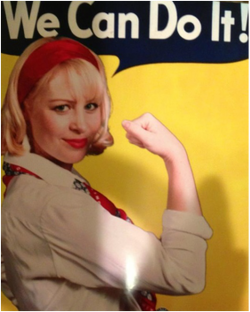



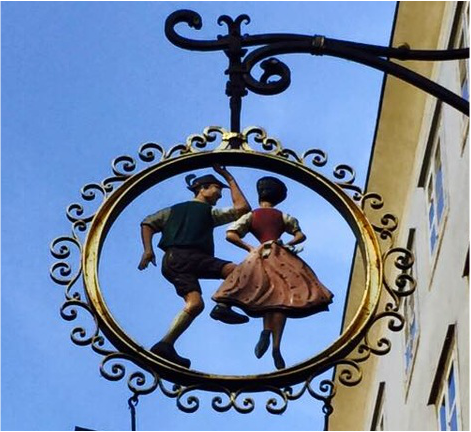



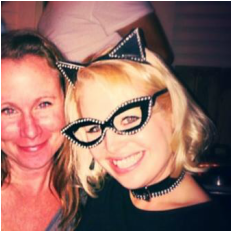



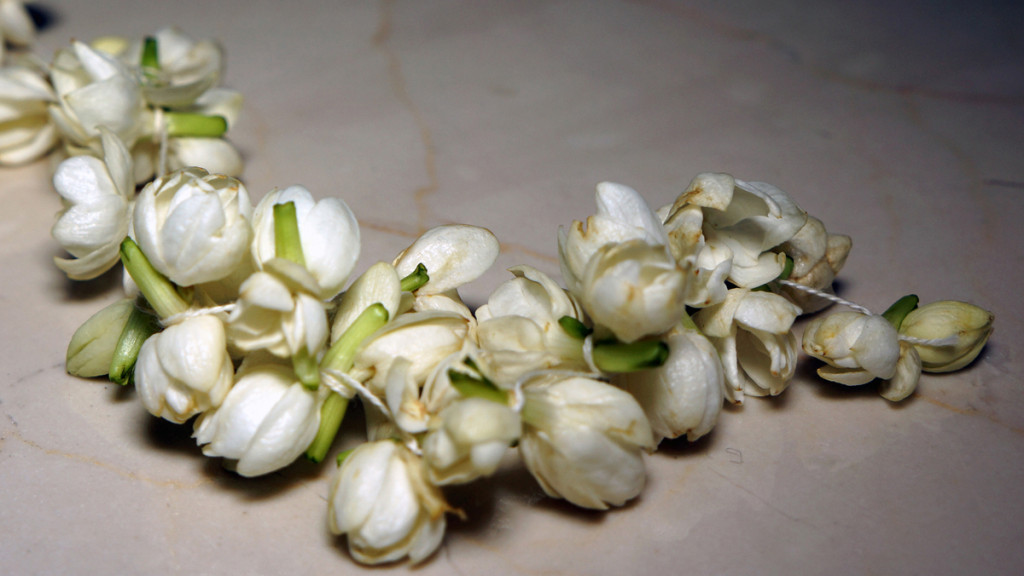






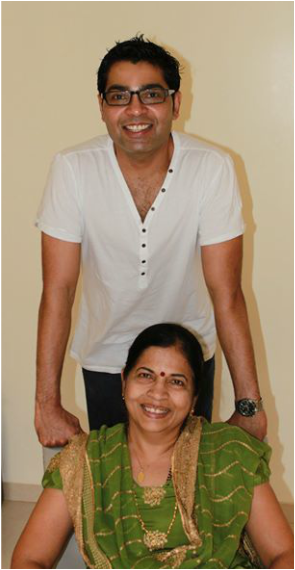
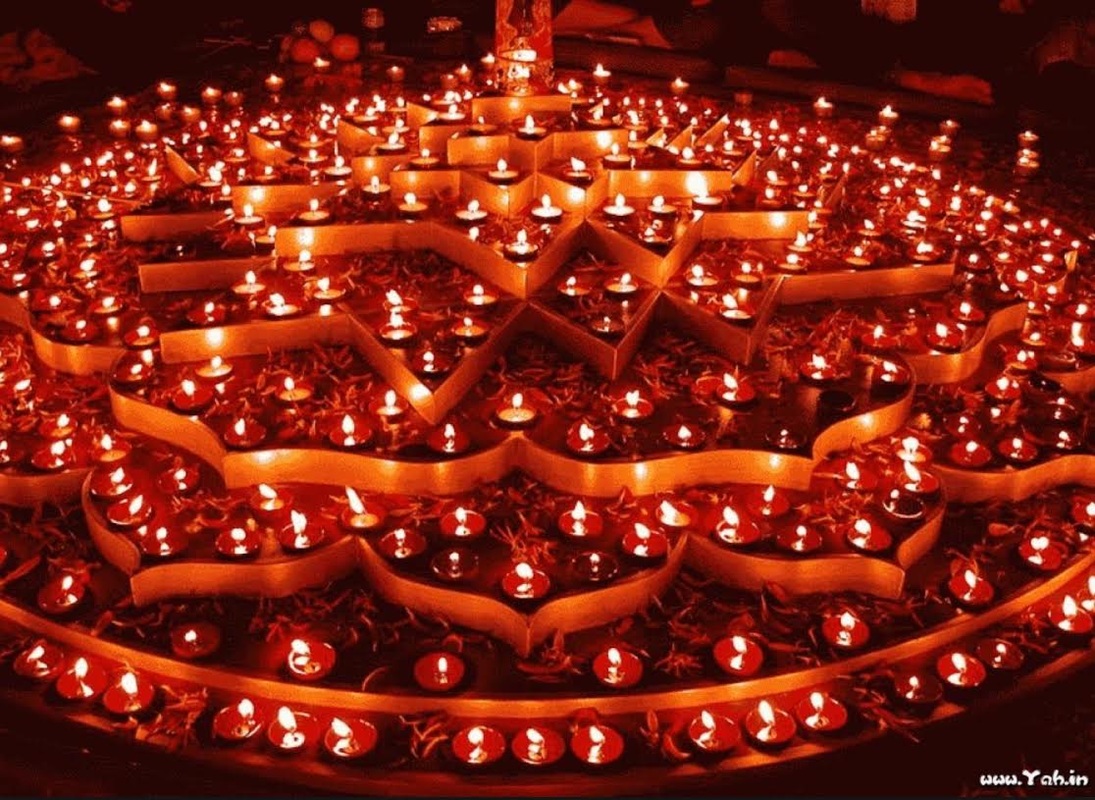





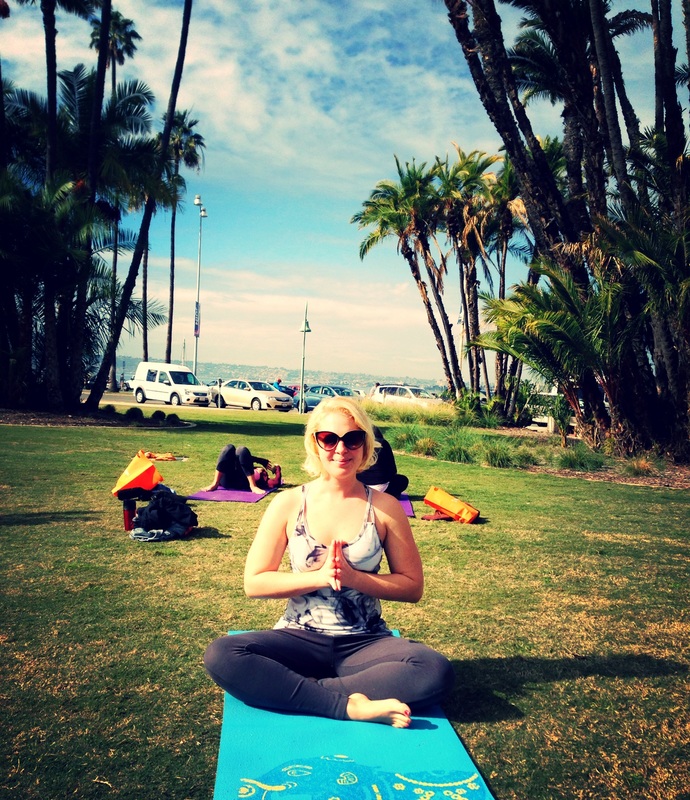
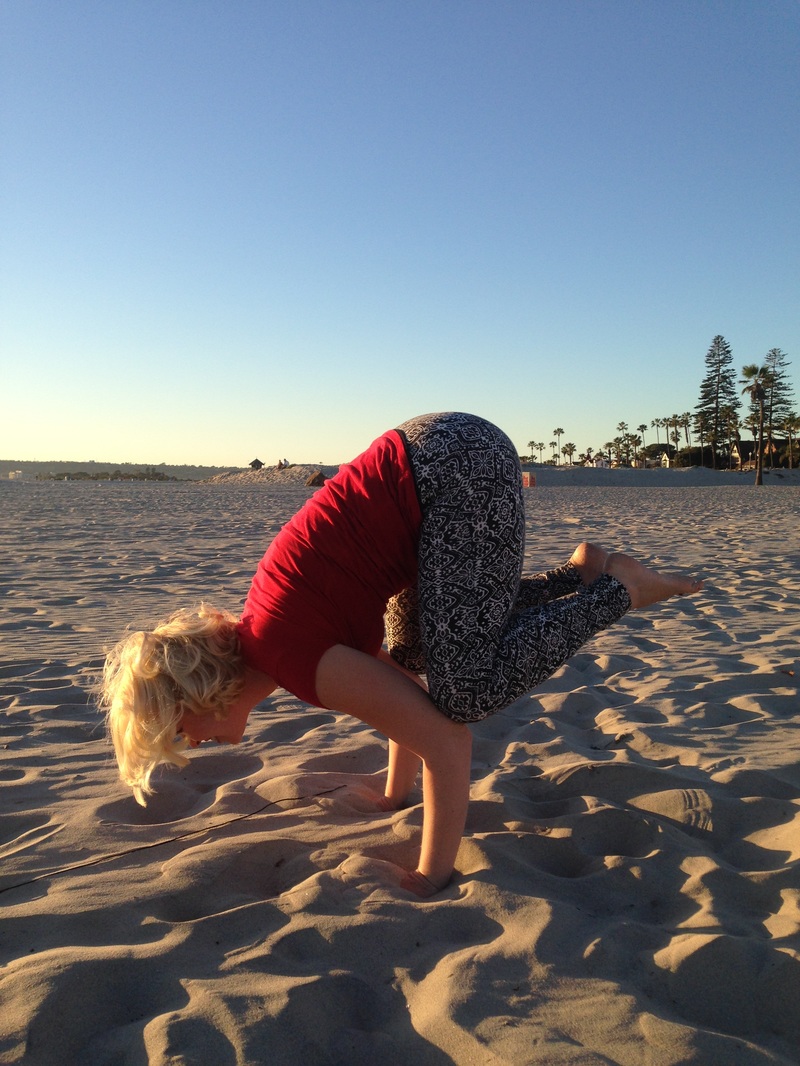






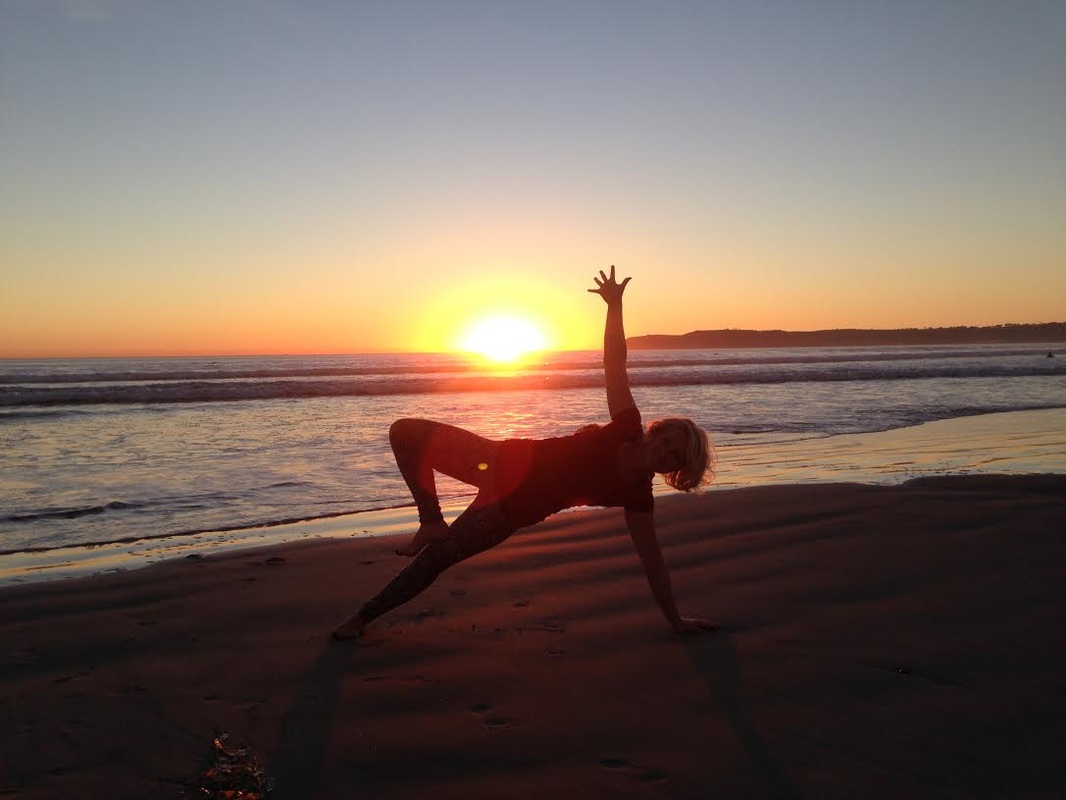
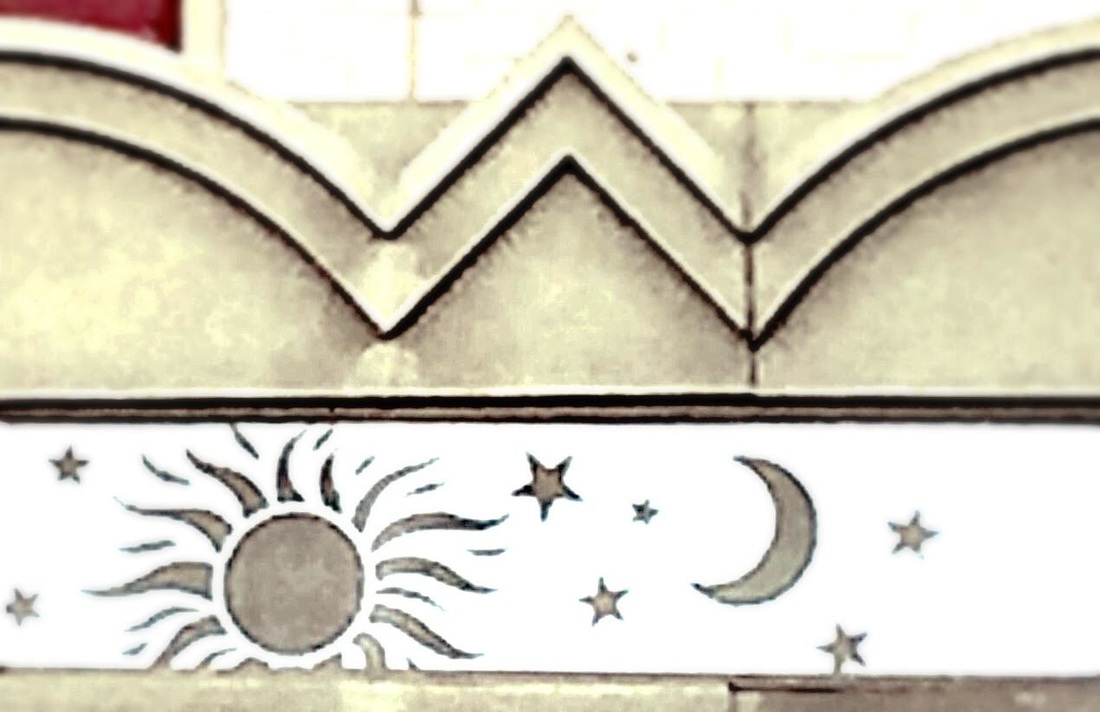












 RSS Feed
RSS Feed